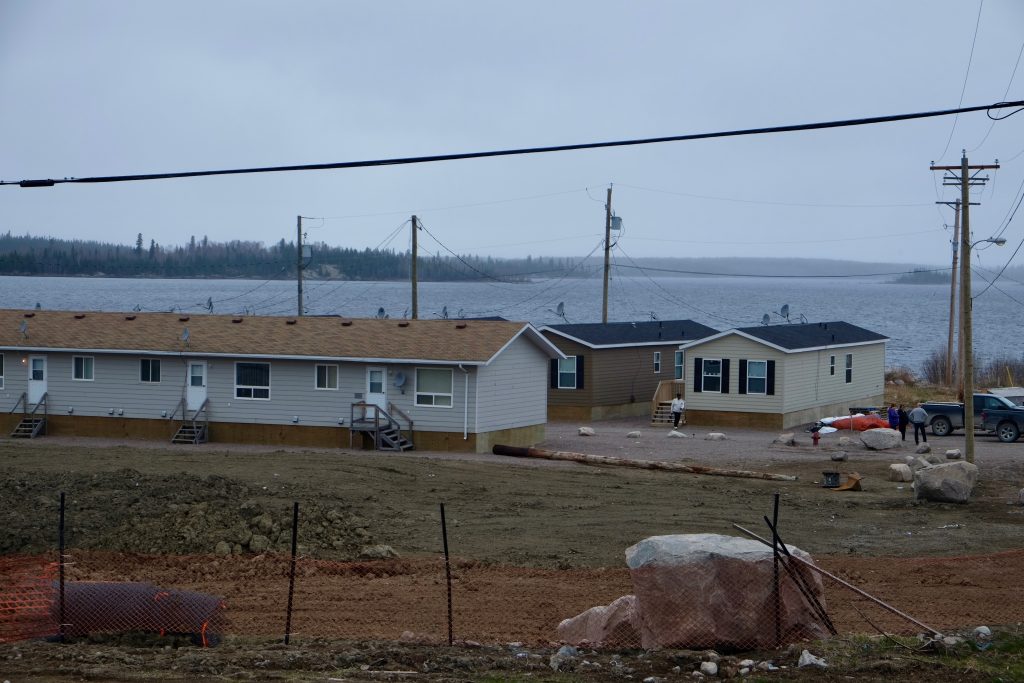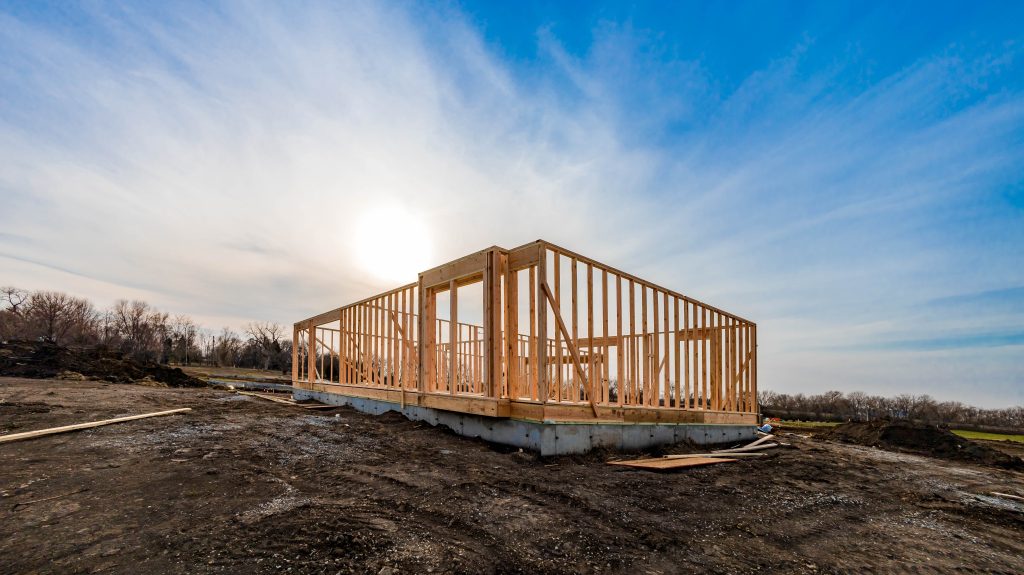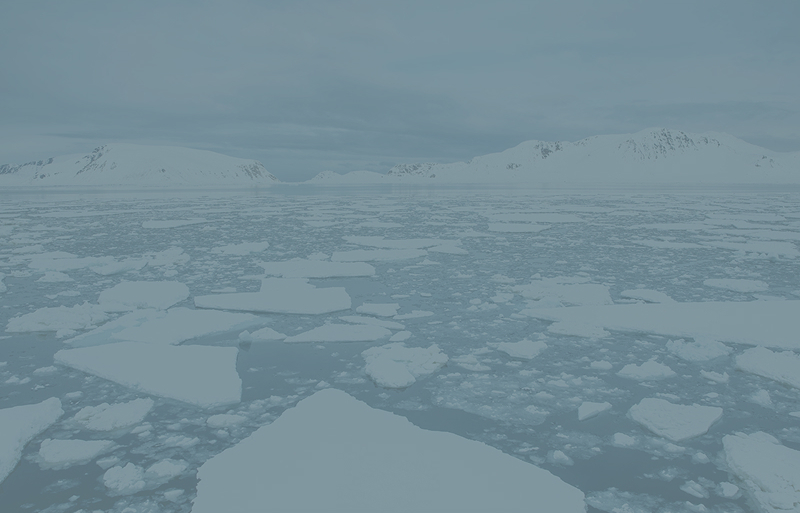Introduction
Many factors, both seen and unseen, influence a building’s longevity and overall environment. This is no less the case for on-reserve buildings. Historical underfunding of housing initiatives, rural and remote settings vulnerable to climate events, and jurisdictional disputes all influence on-reserve building standards, often for the worse. This blog discusses some of these factors, noting the differences in building standards on- and off-reserve. Doing so illustrates some of the on-reserve building requirements and illuminates the gap between what is and is not provided under current building standards.
Fire Safety and Jurisdiction
A particular area of concern for on-reserve buildings is fire safety. In late 2022, the Canadian Association of Fire Chiefs (CAFC) and the Aboriginal Firefighters Association of Canada (AFAC) called on the federal government to pass legislation mandating fire codes and inspections for First Nations communities. As noted in the 2018 From the Ashes: Reimagining Fire Safety and Emergency Management in Indigenous Communities report, First Nations experience a per-capita fire incidence rate 2.4 times higher than the rest of Canada, with loss of life due to fire being ten times higher. In part, this is attributable to First Nations reserves having to pass their own building and fire codes and not being subject to provincial codes. A lack of inspections and clear standards during construction and renovation can also increase the risk of fires. Consequently, remote communities already struggling with limited resources and inadequate support are forced to respond to more fires with greater severity.
Efforts to introduce standards across Canada are ongoing. In May 2023, the 2023-2028 First Nations Fire Protection Strategy came into force. As part of community standards, the federal government agrees to, “supporting First Nations governance in the adoption and enforcement of building, infrastructure, and fire prevention standards.” The enduring problem, acknowledged by both Indigenous Services Canada (ISC) and First Nations leadership, is a lack of willing partners to develop building and fire codes. Ultimately, ISC’s passive approach to developing building standards has yielded little progress, while Nations are weary of federal government imposition.
Housing Shortage
Provincial building and fire codes permit the condemning of buildings if they are assessed to be a risk to occupants. This process, however, becomes more complicated on-reserve. The quality of homes built on-reserve is often poor, leading to fast deterioration and a shortage of viable housing. Builders and architects have observed the problems associated with the use of wood foundations that are susceptible to mould, as well as designs that are culturally-inappropriate. These deficiencies are well known to First Nations citizens and therefore necessitate climate-appropriate design remediation. As of 2023, the cost to bring on-reserve housing and infrastructure up to Canadian standards sat at an estimated $342 billion, $135 billion of that being housing, according to the Assembly of First Nations (AFN). In response, the 2023 Federal Budget proposed a mere $4 billion over seven years. Condemning existing buildings, is therefore difficult with the possibility of renovation or replacement of homes unlikely occur in the short-term. Nations are therefore reluctant to condemn buildings out of fear of exacerbating an existing housing shortage. Subsequently, many people are forced to continue living in on-reserve housing adhering to substandard designs, build quality, and subjected to relaxed regulations, all of which contribute to increased risk of fires. Unfortunately, there are extraneous factors will only make this problem worse.
Climate Change
Key amongst these factors is climate change, which has a disproportionate impact on Indigenous communities in Canada. As previously mentioned, on-reserve buildings are often poorly designed with regard to fire safety, a problem exacerbated by the fact that, as of December 2023, there have been 6,551 fires across Canada, up from 4,883 in 2022. An unfortunate but easy statistic to recall, in the past thirteen years, First Nations communities in Canada experienced more than 1,300 emergencies leading to the displacement of more than 130,000 people.
The implications of climate change extend beyond a crisis of housing and homelessness, as infrastructure, especially in northern communities, is regarded as insufficiently climate-resilient. Responses aim to address this problem through reduced use of fossil-fuel based electricity and heating, converting to net-zero and renewable energy sources. An example of this would be the federal Northern Responsible Energy Approach for Community Heat and Electricity program (Northern REACHE). The program, provided to the Territories, is part of the Wah-ila-toos clean energy initiatives in Indigenous, rural, and remote communities. Discouragingly, despite the provision of $300 million in funding in 2022, it is noted that by December 2023 the application portal for Northern REACHE is already closed due to high demand. Climate change, therefore, seems to present the same problem for on-reserve housing and energy infrastructure: pre-existing inadequacy is only compounded, and current funding to address is inadequate to bridge the gap in building standards on- and off-reserve, let alone address the unique and emerging realities of climate change.
Being Left Behind
Ultimately, many problems can be traced back to chronic underfunding, resulting in inadequate buildings on-reserve and the construction of public buildings and homes that are cheap and poorly maintained. For example, different grants and contributions are offered to on-reserve schools given the floor area, as well as the size and density of student population. These sources of funding are essential for capital projects as well as operations and maintenance of facilities. Since 2021, improvements have been made that reduce student population density, enable land-based learning, and address costs associated with remoteness. However, these changes only apply to new construction, forcing older schools to wait for urgent infrastructure funding and contest with a process that is often lacking in transparency.
A Growing Gap
Buildings are spaces where cultures are transmitted. They are homes where families nurture, support, and grieve. They are schools where children learn, and community centres where Elders share. Yet these spaces are in peril. Poor safety standards, climate change, jurisdictional disputes, and lack of investment contribute to the loss of buildings on-reserve. The core of this problem is poor building standards and inadequate funding. Buildings are designed without consideration to fire safety despite facing an elevated threat of wildfires; homes are designed without consideration to local customs; and schools are overcrowded and in some instances, dangerous to students and the community. First Nations in Canada are being denied the sufficient spaces to ensure culture, family, education, and community thrive.













Share the article